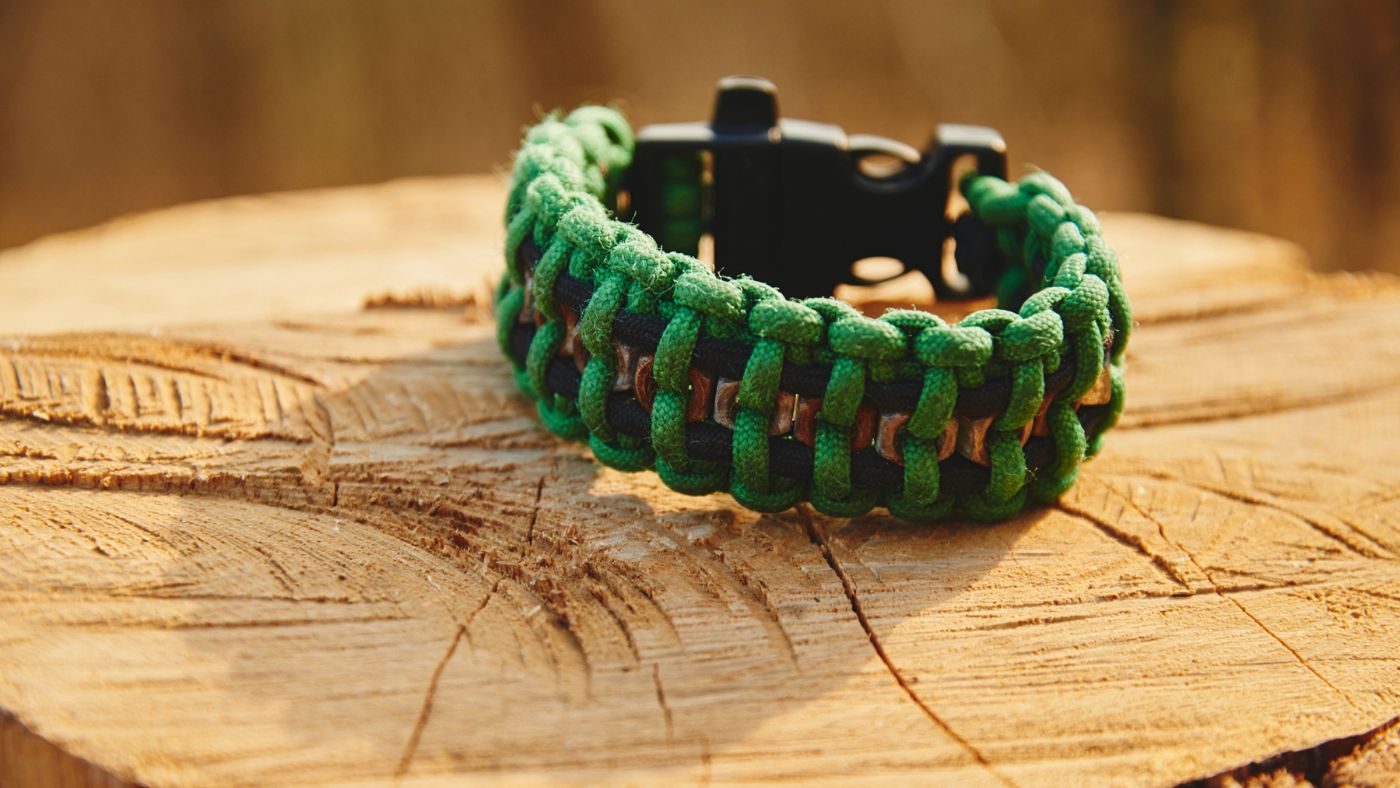
10 Ways to Use Paracord in The Wilderness
What is Paracord?
Paracord, also known as parachute cord or 550 cord, is a lightweight and durable rope that has a wide range of uses in the wilderness. Whether you’re camping, hiking, or just exploring the outdoors, paracord can come in handy in many different situations. Paracord is used by the military, survivalist and even considered fashion when used to create bracelets. Keep reading to learn how to put your essential paracord to good use.
Here are some uses for paracord in the wilderness:
- Shelter: Paracord can be used to tie down the corners of your tent or tarp, or to create a makeshift shelter in an emergency.
- Clothesline: If you need to dry wet clothes or gear, paracord can be strung between two trees to create a makeshift clothesline.
- Emergency repairs: Paracord can be used to repair gear, such as backpacks, tents, or sleeping bags, in an emergency situation.
- Firestarter: Paracord can be used as a firestarter by separating the inner strands and using them as kindling.
- Food storage: If you need to keep food off the ground to prevent animals from getting to it, paracord can be used to hang a bear bag from a tree.
- First aid: Paracord can be used as a tourniquet or to secure a splint in an emergency.
- Navigation: Paracord can be used as a makeshift compass by placing a small piece of metal or magnetized object in the middle of the cord and allowing it to swing freely.
- Hunting and fishing: Paracord can be used to create snares for hunting small game, or as fishing line in a pinch.
- Water collection: Paracord can be used to create a tripod to suspend a water bottle or canteen over a fire, allowing the water to boil and purify.
- Knots: Paracord is great for practicing and learning different knot tying techniques, which can come in handy in many different situations.
Paracord is a versatile and useful tool to have in the wilderness. By carrying a length of paracord with you on your outdoor adventures, you’ll be prepared for a wide range of situations and emergencies.

Leave a comment